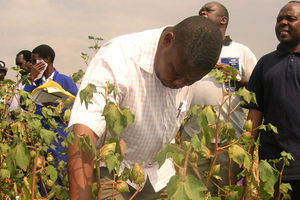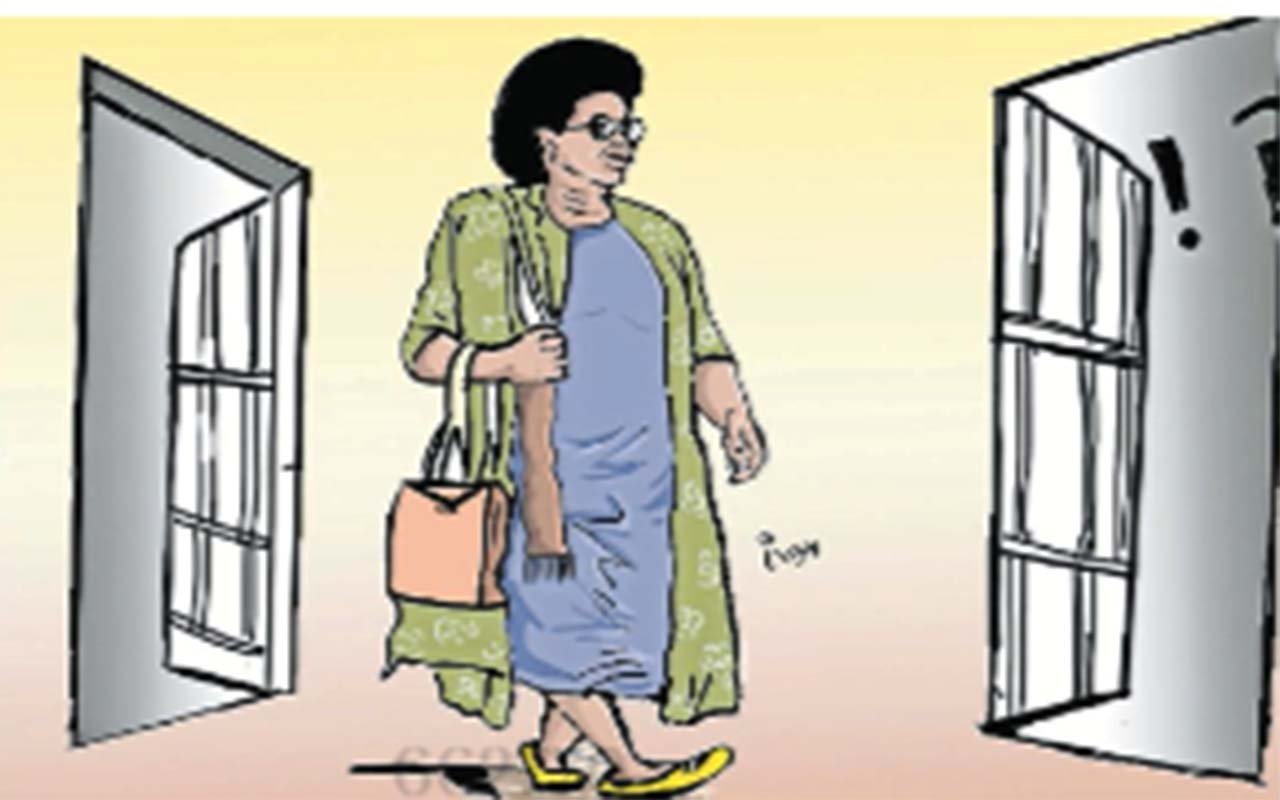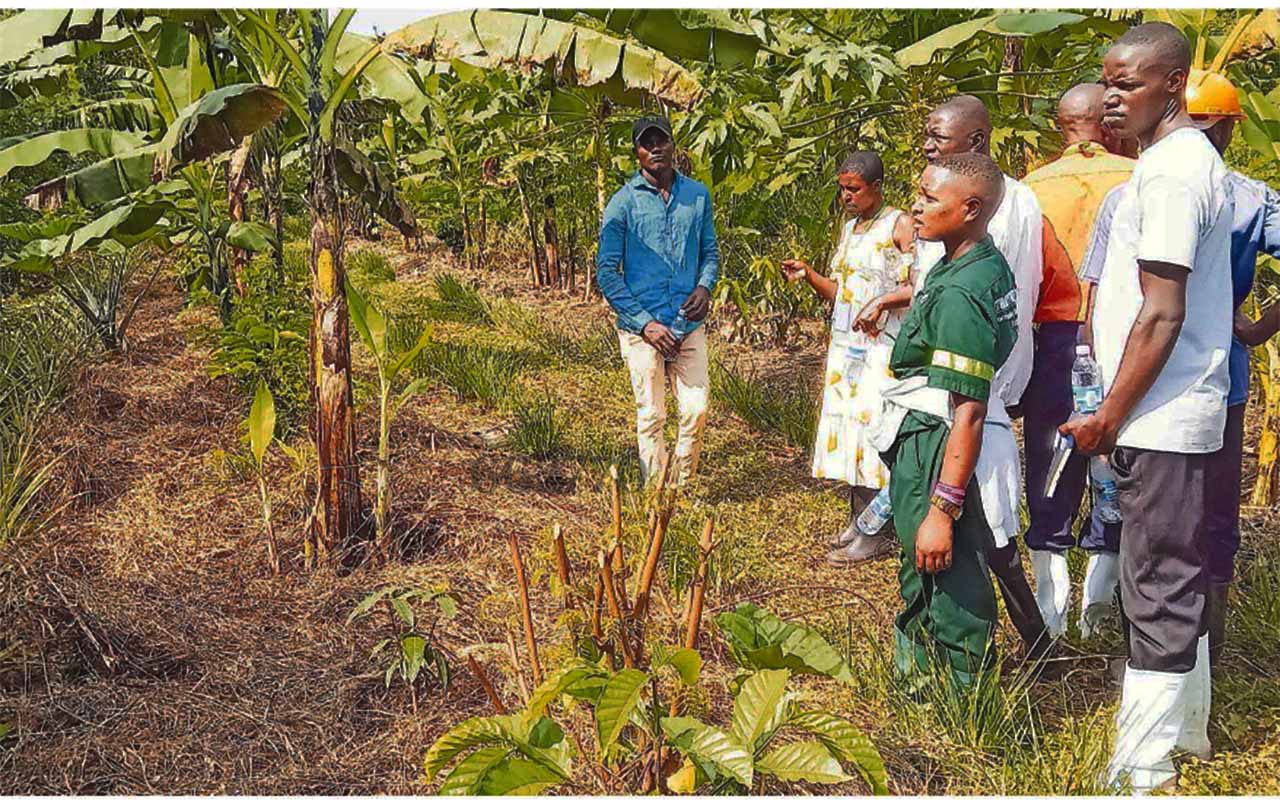
Mr Michael J. Ssali
There was a time in our livestock keeping history when people moved from one place to another following their herds looking for water and pastures. In those days the land was freely shared since there were no clear boundaries between tribes and communities.
It was always understood that when the dry season set in, the nomadic livestock owners moved on to wherever there was water and pasture.
Others had a semblance of settlements from which they would move with their herds searching for water and pastures during drought periods and go back to their known homelands when the weather became favourable.
Yet we had another type of livestock keepers who grazed their animals on nearby land also shared with their neighbours. They had communal animal watering places where all their animals went to drink. Such livestock owners actually had permanent established homesteads in the form of clusters of small huts surrounded by natural fences.
At night they would drive the animals into their enclosed homesteads. The irony is that everyone sought to have as many animals as possible without paying sufficient attention to the area of land and the water sources that were available.
There were common cases of overstocking and overgrazing. The land would be left bare in some instances, giving rise to soil erosion when finally the rains came. There was random mating of animals and no real effort to improve breeds in terms of meat or milk production.
Nomadic pastoralists frequently lost animals which dropped dead due to exhaustion and disease since there were no modern veterinary services readily available.
There were of course some known veterinary medicinal herbs but since the pastoralists did not have permanent settlements often disease struck in places where the medicinal plants were never found.
This kind of animal rearing is discouraged nearly everywhere because the times have changed. Nowadays we pay more attention to quality of animals than to quantity of animals.
Livestock keeping has become commercialised and animals are no longer kept merely for subsistence. Milk is bought and sold and it is by itself a trade commodity.
There are factories that make products such as yoghurt butter and cheese out of milk. Cattle are bought in large numbers for meat in cities and towns and the consumers want good quality meat. Livestock keepers are encouraged to own and fence their land.
Mr Michael Ssali is a veteran journalist,








